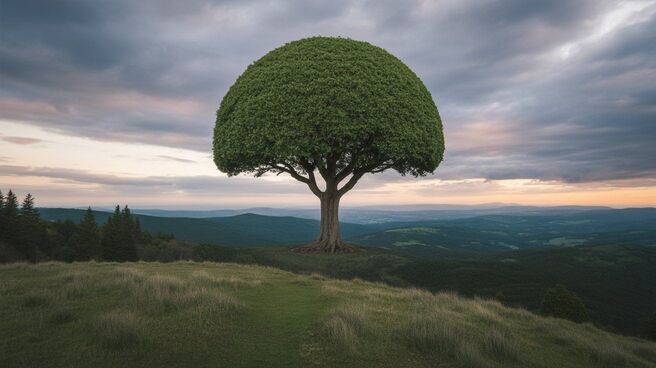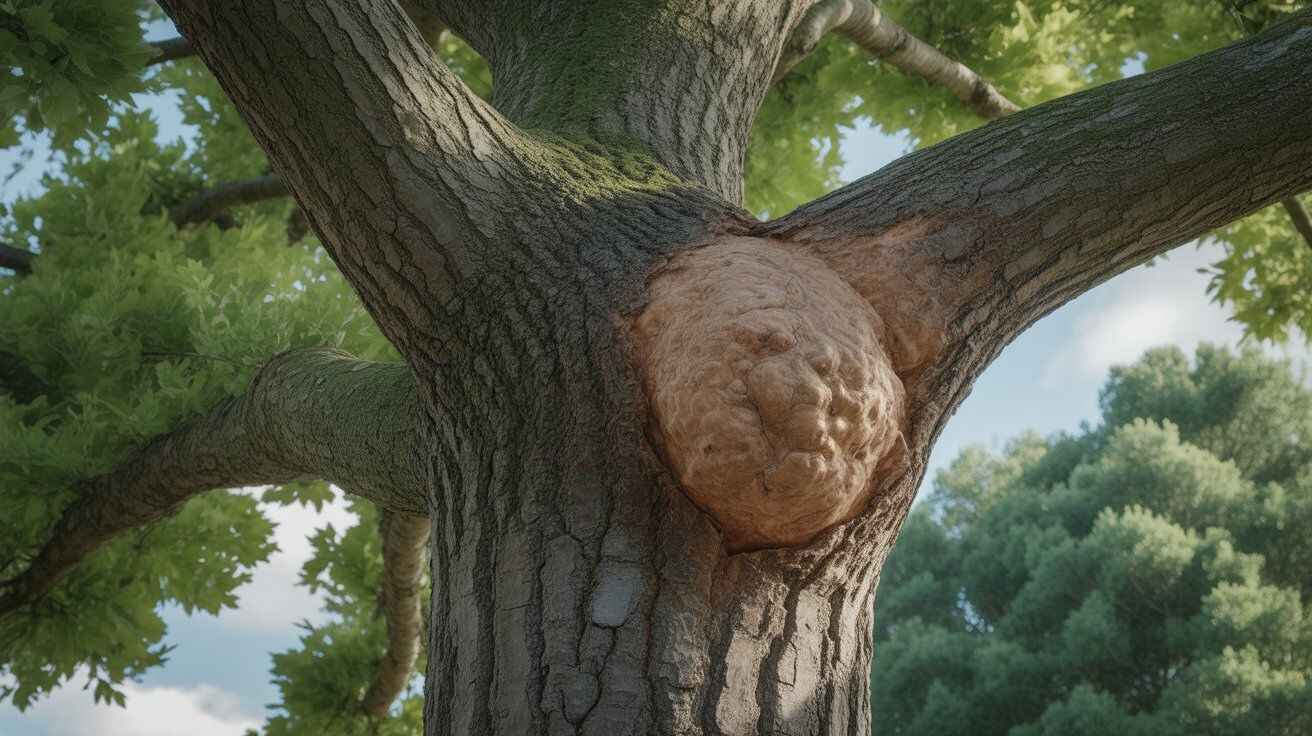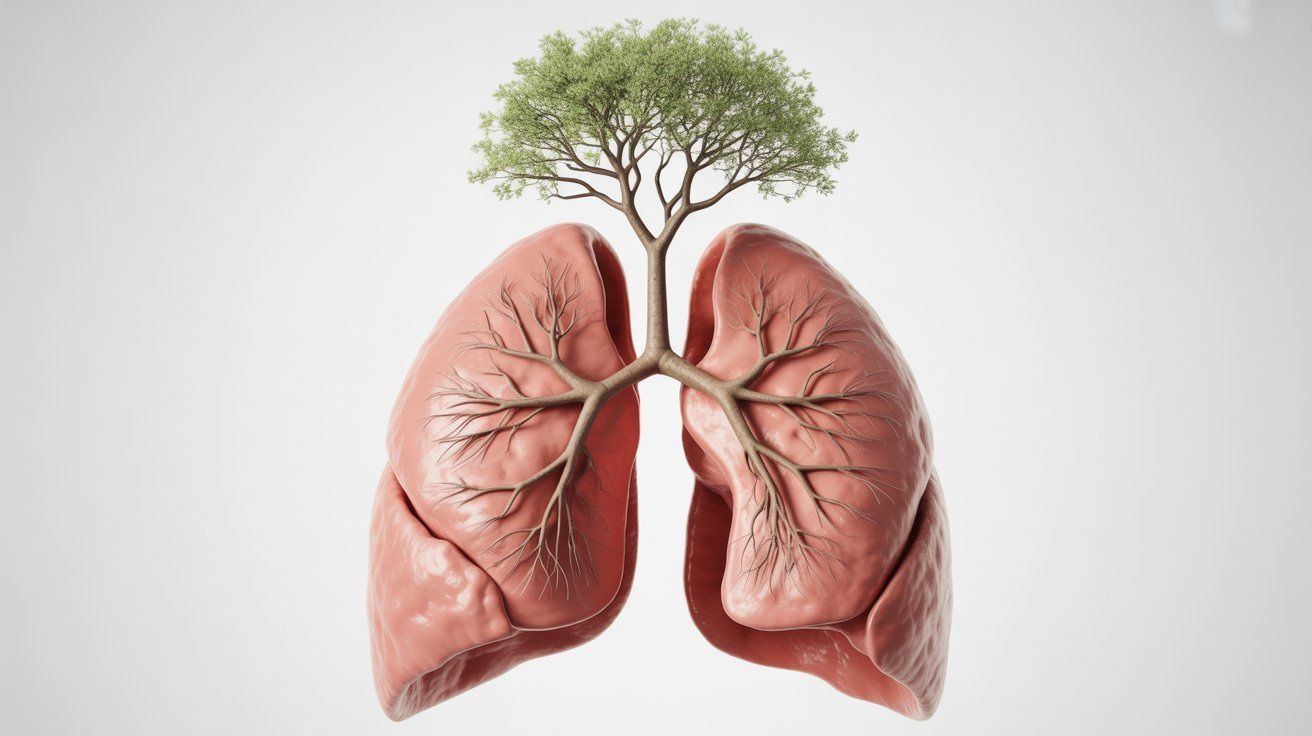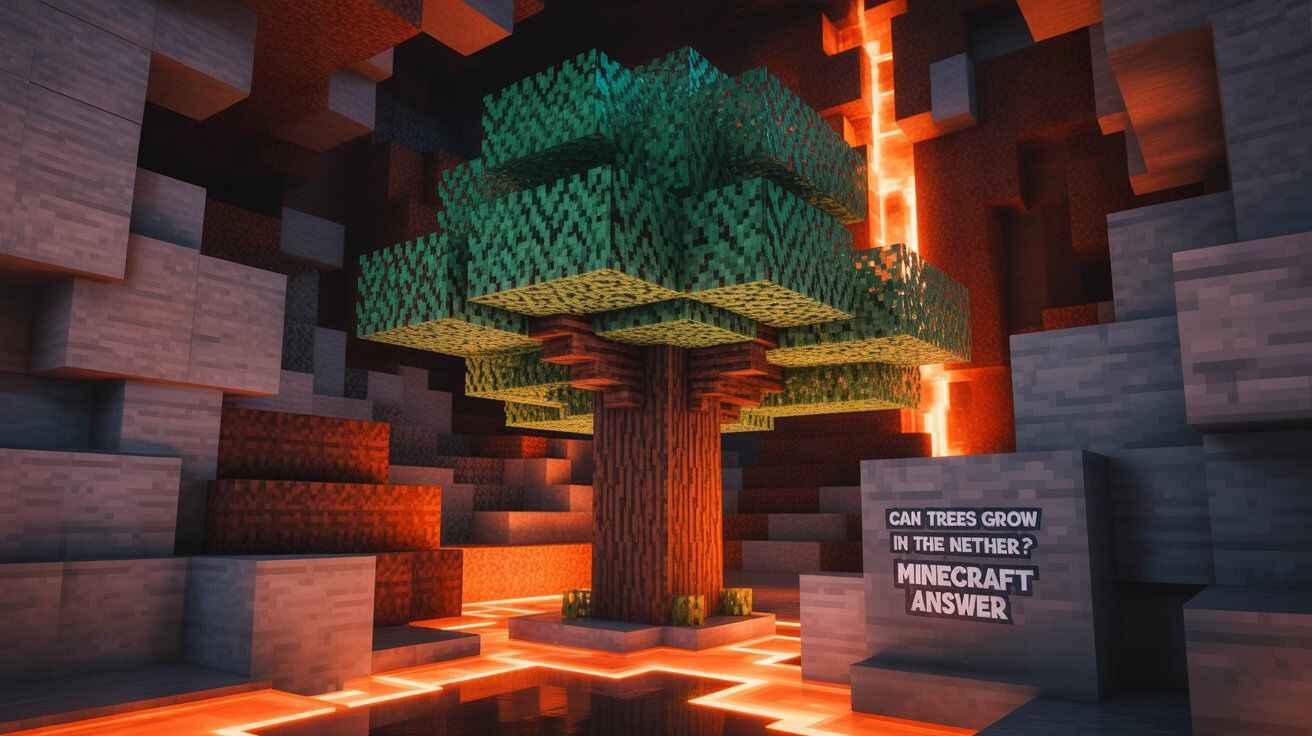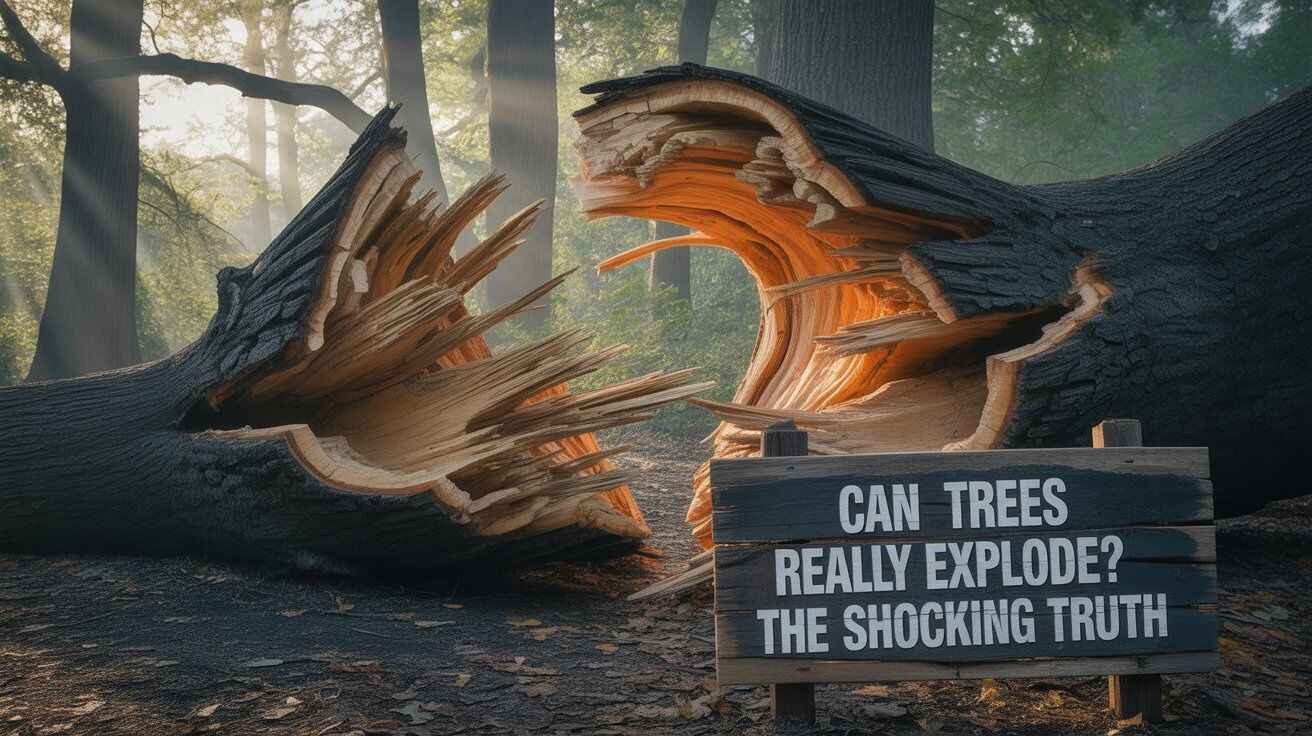Can a tree grow upside down? Explore gravitropism, polarity, experiments, biology, and art to see how trees adapt but can’t survive fully inverted.
Can a Tree Grow Upside Down?
The question can a tree grow upside down touches on plant biology and curiosity. A tree’s roots and shoots follow natural rules of polarity. Roots show positive gravitropism, meaning they grow downward, while shoots show negative gravitropism, growing upward toward light.
If a tree is inverted, its tissues sense this change and start to redirect. While complete tree inversion isn’t sustainable long-term, the ability to reorient growth explains why plants remain resilient even in unusual positions.
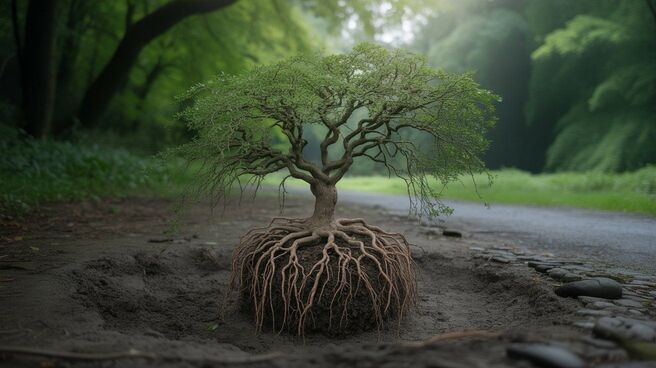
Plant Polarity and Gravitropism Explained
Trees rely on plant polarity to know which way their roots and shoots should grow. This process is guided by gravitropism, the plant’s natural response to gravity. Roots show positive gravitropism, directing themselves downward, while stems show negative gravitropism, reaching upward toward light through phototropism.
Internal signals, like the hormone auxin, help control this movement. Even in inverted planting, trees adjust by sending growth in the proper direction, showing how strongly polarity governs plant development.
Experiments on Upside-Down Tree Growth
Scientists have tested the idea of upside-down tree growth for centuries. Early studies and modern tree inversion experiments show that while a tree may survive briefly, its roots and shoots quickly try to reorient.
Gardeners have tried inverted bonsai techniques and even hydroponic setups, but the results remain temporary. The plant’s gravitropism forces new growth toward the correct direction. These experiments reveal that a tree cannot thrive fully inverted, though short-term adaptation is always visible.
Upside-Down Trees in Art and Culture
| Project / Concept | Description | Theme Highlighted | Key Takeaway |
|---|---|---|---|
| Tree Logic – MASS MoCA | Live maples hung upside-down with roots in the air | Inversion, resilience, adaptation | Challenges how we view nature’s polarity |
| Inverted Planting Installations | Artistic displays of trees flipped upside-down | Experimentation, surrealism | Symbolic, not sustainable for long-term growth |
| Cultural Symbolism | Upside-down tree as myth/imagery in stories & art | Transformation, spiritual perspective | Represents alternate ways of seeing life & nature |
| Practical Reality | Supported by artificial systems, not natural soil | Reliance on human engineering | Inspires curiosity but not a survival method |
Biological Challenges of Growing a Tree Upside Down
The biggest barriers to an upside-down tree are biological. Xylem and phloem transport water and nutrients in set directions, which makes inverted planting difficult. Roots are not designed to absorb air and light, while shoots struggle when buried in soil.
Hormones like auxin become imbalanced, disrupting polarity and growth signals. Structural stress also weakens the plant. These mechanical limitations explain why full tree inversion cannot last, even though the plant attempts to adjust through gravitropism and phototropism.
When Upside-Down Growth Might Work
Although a mature tree inversion is unsustainable, certain cases show promise. Small saplings, cuttings, or bonsai may adapt briefly when planted in unusual orientations. In controlled hydroponic systems, growth can continue because nutrients bypass normal soil pathways.
Some experiments with upside-down grafting in fruit trees demonstrate short-term success, though polarity eventually reasserts itself. These situations reveal that while an entire upside-down tree cannot survive permanently, targeted experiments can highlight the remarkable flexibility of plant growth.
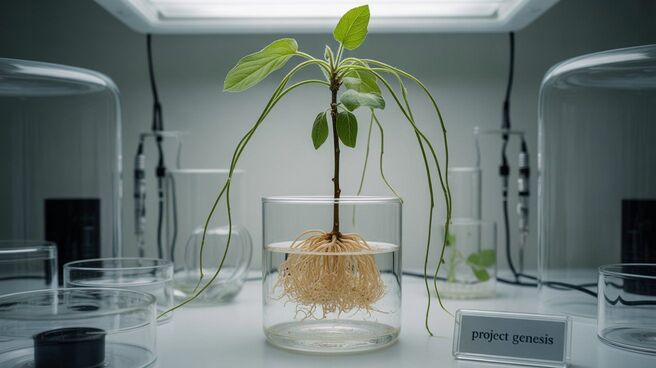
How to Try an Upside-Down Tree Experiment
Curious gardeners sometimes test an upside-down tree experiment at home. Start with a small sapling or hardy cutting, since these adapt more easily than mature trees. Use strong supports to hold the plant in place and provide consistent light and water.
In soil or hydroponics, the roots will attempt to redirect downward, while shoots bend upward through gravitropism. Though survival is limited, such inverted planting offers a hands-on way to study how polarity and natural growth responses guide trees.
Conclusion — Can a Tree Really Grow Upside Down?
So, can a tree grow upside down? The evidence shows that while trees can survive short-term inverted planting, long-term growth isn’t possible. Roots and shoots always reorient due to gravitropism and phototropism, restoring natural polarity.
Artistic displays and controlled experiments reveal the adaptability of plants, but full tree inversion is limited by biology. The real lesson is not whether a tree can stay upside down forever, but how powerfully living systems respond to gravity and light to survive.
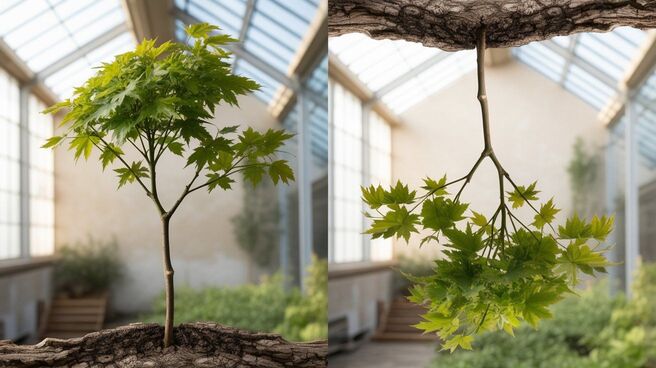
FAQ — Can a Tree Grow Upside Down?
Q1: Will roots grow upward if a tree is planted upside down?
No. Roots follow positive gravitropism, meaning they always grow downward. Even in inverted planting, the tree senses gravity and redirects its root system toward the soil.
Q2: Has anyone succeeded in long-term upside-down tree growth?
Not permanently. Experiments and art installations show short-term survival, but xylem, phloem, and polarity prevent sustained tree inversion.
Q3: Do branches keep growing downward?
No. Shoots and branches follow negative gravitropism and phototropism, bending upward toward light even when inverted.
Q4: Can bonsai be grown upside down?
Yes, briefly. Some inverted bonsai techniques and grafting have been tested, but true long-term bonsai inversion remains unstable.
Q5: Could hydroponics make it possible?
Hydroponic systems can support short-term upside-down planting, but nutrient flow and mechanical stress still limit survival.
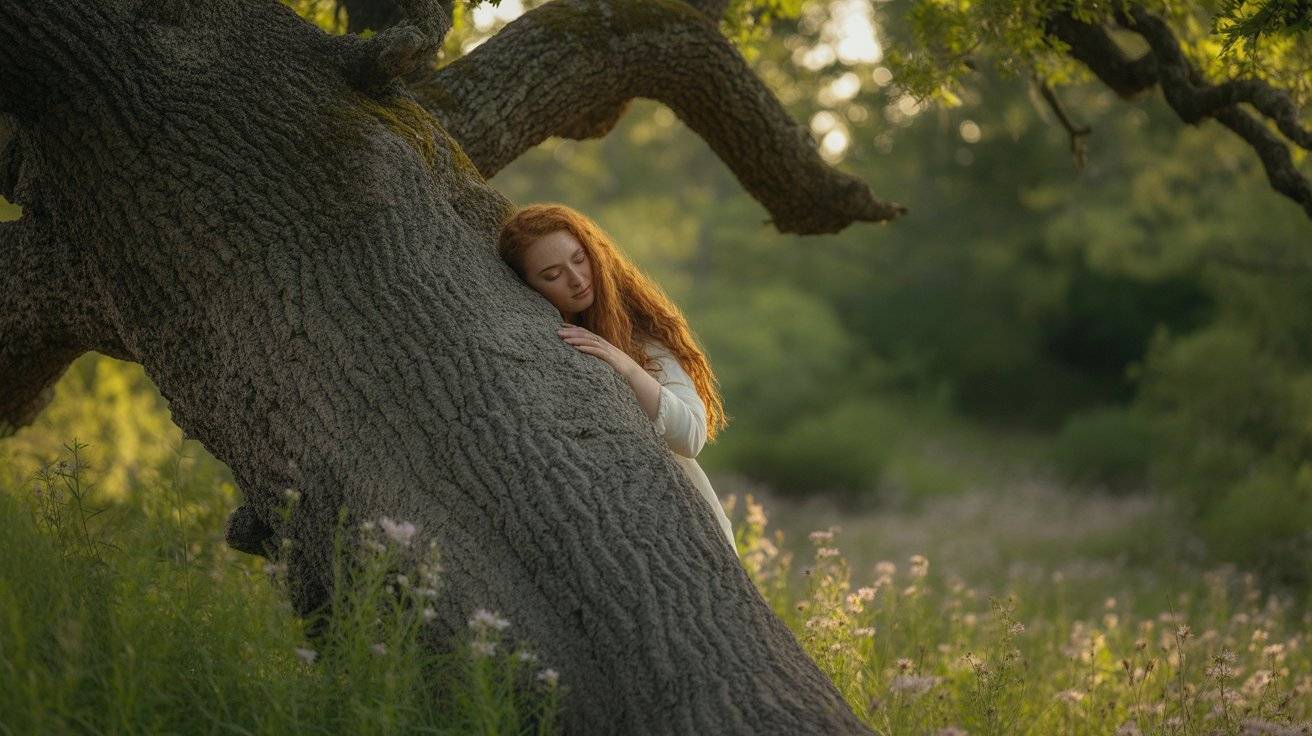
Jhanzaib Khan, with over 50 years of dedication to nature and tree conservation, is a leading authority in the world of trees and environmental care. From his early years exploring forests to guiding communities in sustainable tree planting, Jhanzaib has combined hands-on experience with a lifelong passion for the environment. He specializes in tree species identification, tree care, forest management, and environmental awareness. His insights have been featured in multiple nature blogs, workshops, and local conservation projects.

